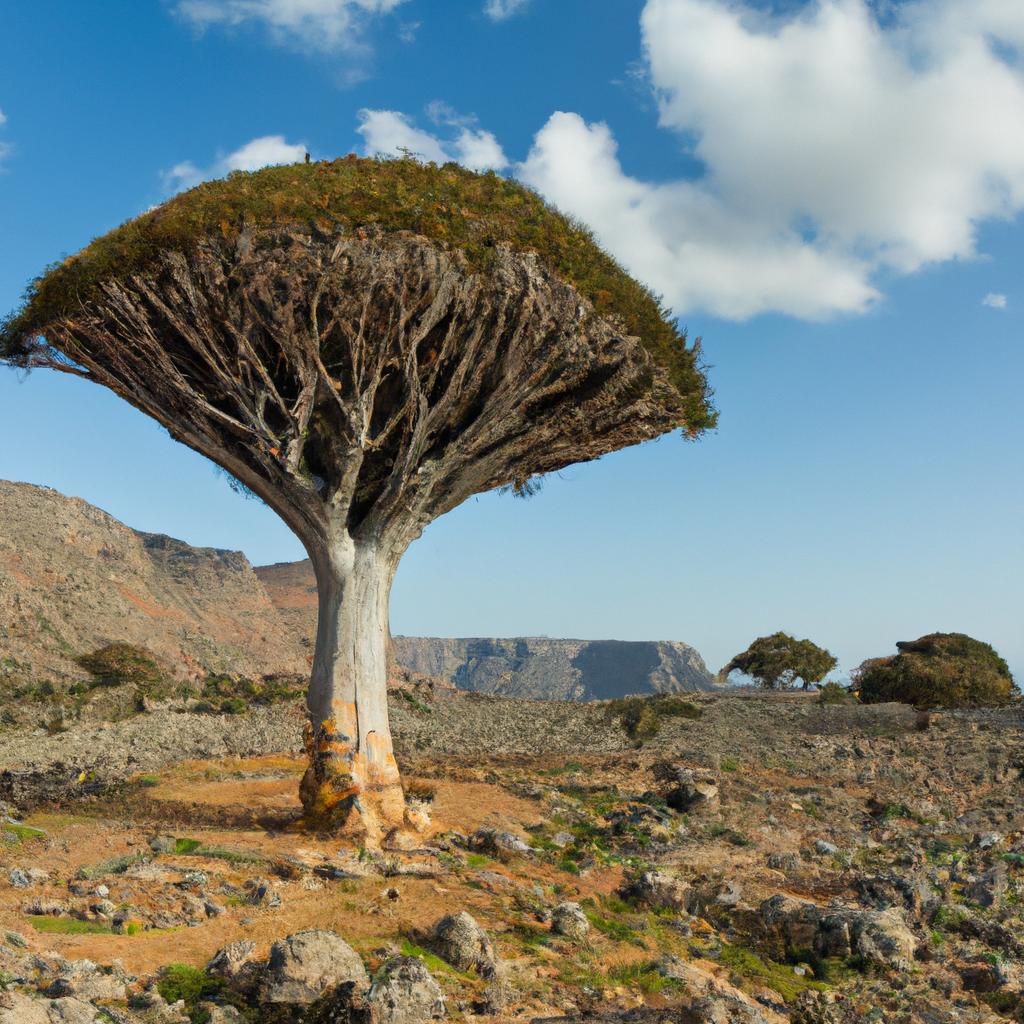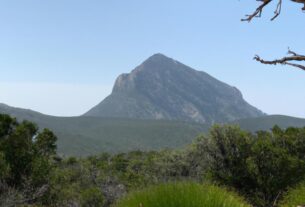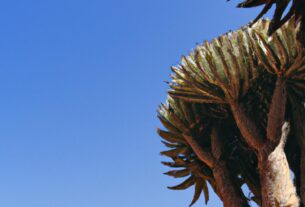The Dragon Tree Socotra, also known as Dracaena cinnabari, is a rare and remarkable plant species that hails from the Socotra archipelago in the Indian Ocean. With its distinct appearance, characterized by a thick, red sap and an umbrella-shaped canopy, this tree stands as an iconic symbol within the region and holds immense value in the ecosystem.
In this article, we will explore the fascinating world of the Dragon Tree Socotra, delving into its history, origin, benefits and uses, threats to its survival, and uncovering some interesting facts along the way. Join me on this journey of discovery as we unveil the hidden treasures of the Dragon Tree Socotra.
Origin and Habitat of the Dragon Tree Socotra
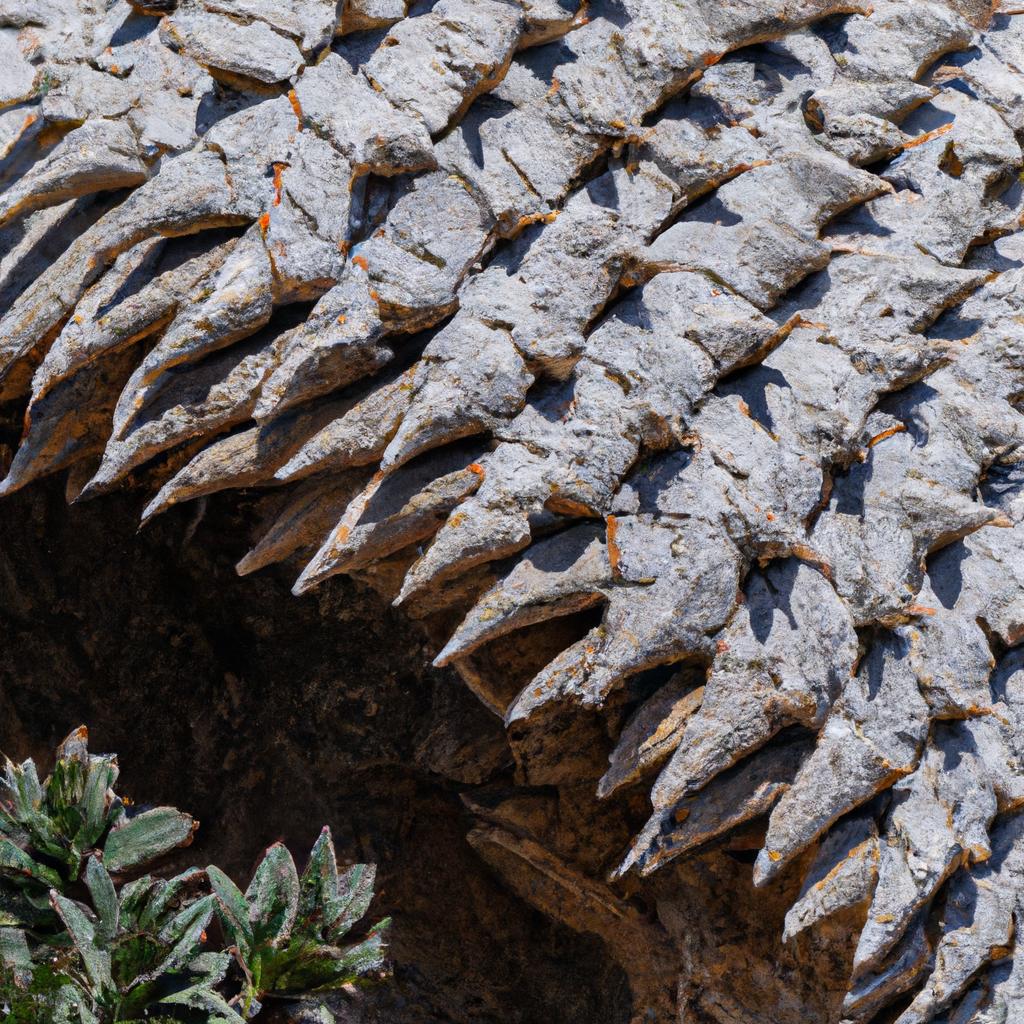
History and Origin of the Dragon Tree Socotra
The Dragon Tree Socotra has a long and intriguing history, dating back to the ancient world. It is believed to have originated in the Socotra archipelago, an isolated group of islands off the coast of Yemen, which has earned the prestigious designation of a UNESCO World Heritage site.
According to legend, the Dragon Tree Socotra was born from the blood of a dragon that was slain by an elephant. The dragon’s blood seeped into the ground, giving rise to the distinctive red sap of the tree. Ancient civilizations highly prized the tree’s resin for its medicinal and religious purposes.
Habitat and Distribution of the Dragon Tree Socotra
The Dragon Tree Socotra thrives in arid and rocky environments, displaying its tenacity in the hills and mountains of the Socotra archipelago. It can grow up to heights of 10 meters, with a thick trunk that branches out into multiple stems, forming its unique umbrella-like canopy.
Endemic to the Socotra archipelago, the Dragon Tree Socotra is found nowhere else in the world. Its limited distribution and exceptional characteristics render it invaluable in the scientific community and among collectors and enthusiasts.
Unique Features of the Dragon Tree Socotra
The Dragon Tree Socotra is a truly remarkable plant, boasting distinctive features that set it apart from other species. Its thick, red sap, known as “dragon’s blood,” is one of its most notable characteristics and is believed to possess medicinal properties. The tree’s umbrella-shaped canopy, adorned with long, narrow leaves, provides shelter and sustenance for various animal species, including birds, insects, and reptiles.
This magnificent tree holds cultural significance as well. Local communities utilize it for traditional purposes, such as firewood, building material, and medicine. The Dragon Tree Socotra’s extraordinary appearance and historical importance make it an iconic symbol of the Socotra archipelago and a valuable asset to the region.
Benefits and Uses of the Dragon Tree Socotra
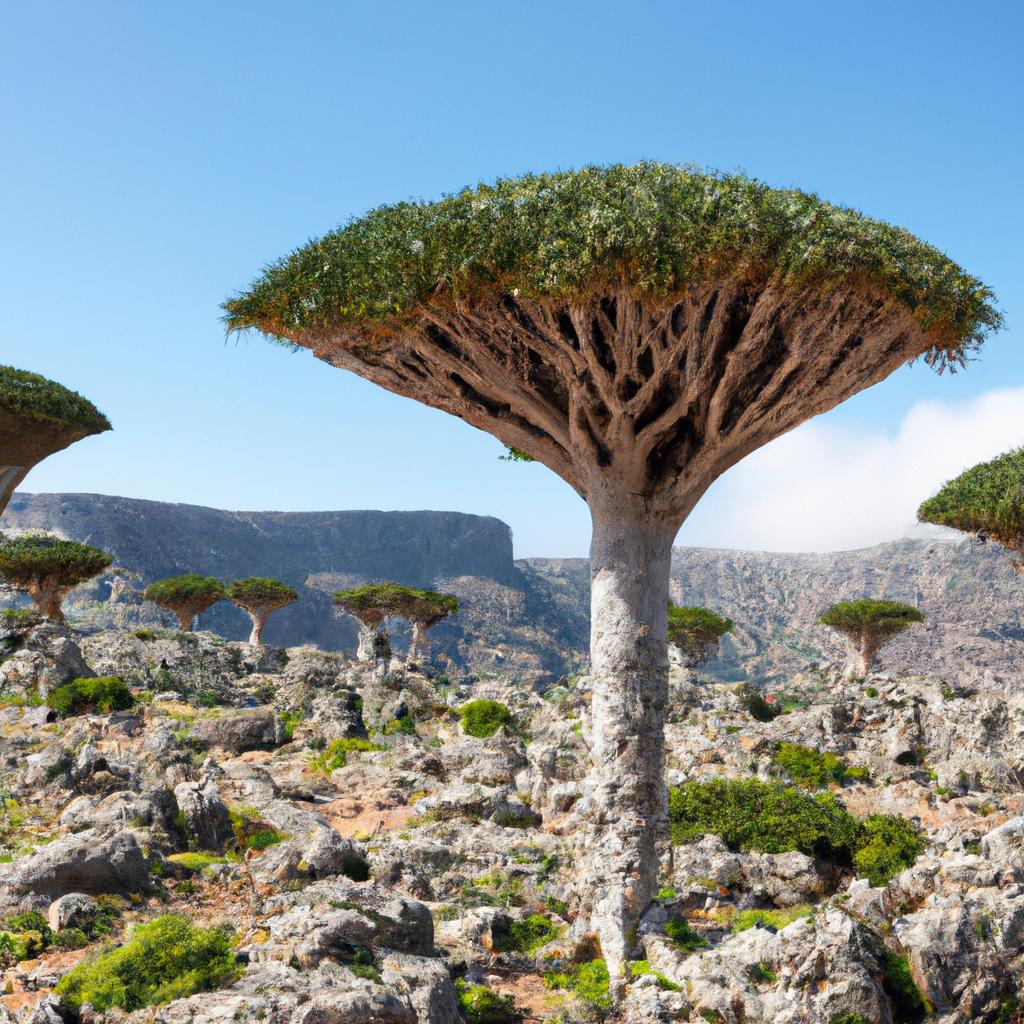
The Dragon Tree Socotra has been an integral part of local communities for centuries, serving both traditional and medicinal purposes. Its resin, famously known as “dragon’s blood,” possesses remarkable healing properties, offering remedies for ailments such as diarrhea, dysentery, and even cancer. Research has indicated that the resin harbors anti-inflammatory and antioxidant effects.
Medical Benefits of the Dragon Tree Socotra
The Dragon Tree Socotra’s resin has not only captivated traditional medicine but has also attracted the attention of modern medical research. Studies have shown that the resin contains compounds that might exhibit anti-cancer properties, holding potential for cancer treatments.
Traditional Uses of the Dragon Tree Socotra
Embedded within the local culture, the Dragon Tree Socotra assumes significant cultural and traditional value. Its resin plays a crucial role in ceremonies and rituals, including the preparation of incense and religious practices. Additionally, the tree contributes to traditional medicine, with its leaves employed for treating skin diseases and its fruit acting as a laxative.
Commercial Uses of the Dragon Tree Socotra
The Dragon Tree Socotra’s resin finds commercial applications as well. Its red pigment serves as a textile dye, and the resin itself is utilized in cosmetics and varnishes. Carving and furniture making rely on the tree’s wood as a valuable resource.
These diverse uses expose the economic and cultural importance of the Dragon Tree Socotra, underscoring the need to protect and conserve this invaluable plant species for the benefit of future generations.
Threats to the Dragon Tree Socotra
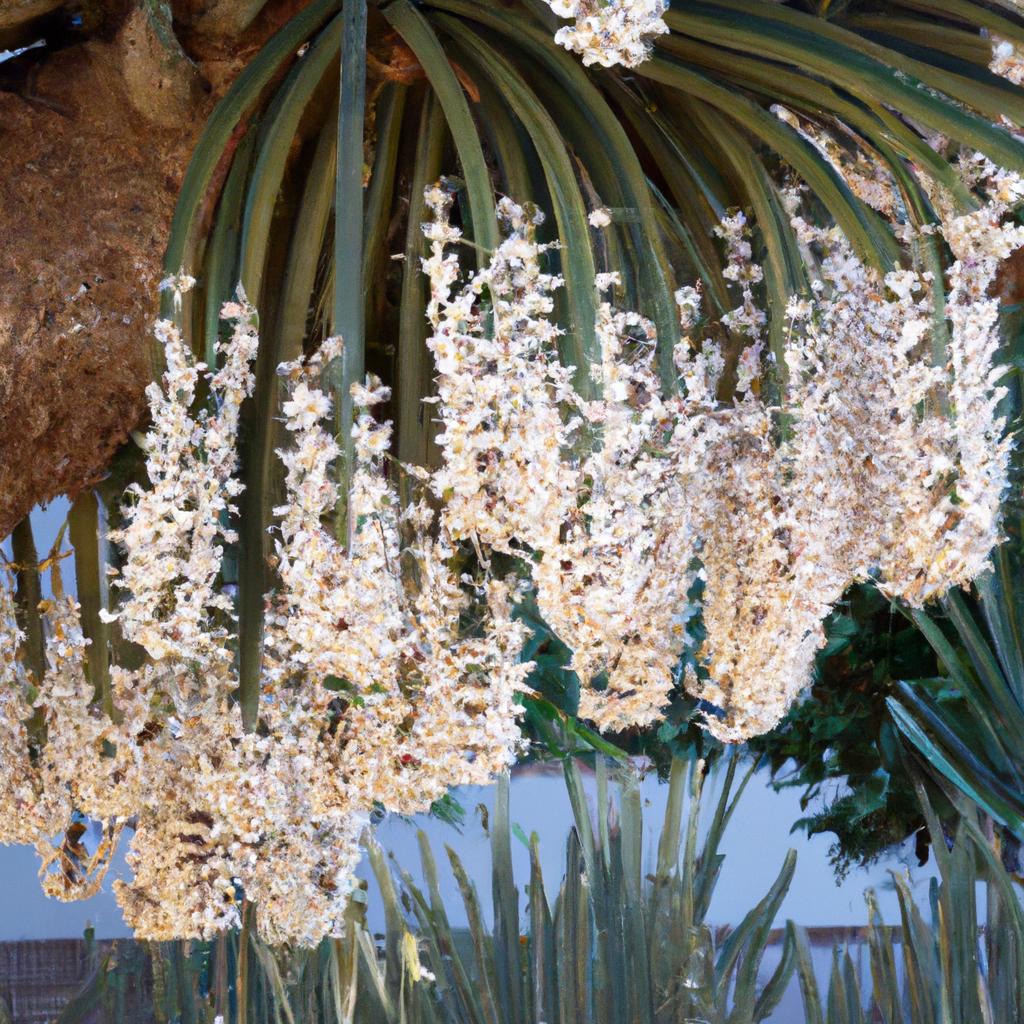
The Dragon Tree Socotra contends with various threats to its survival, accentuating the criticality of its protection and conservation. Notable threats include:
Human Activities
Human activities, such as logging, grazing, and development, have led to the destruction of the Dragon Tree Socotra’s habitat. Tourism has witnessed a surge in the Socotra archipelago, intensifying habitat destruction and soil erosion.
Climate Change
Climate change also poses a severe challenge to the Dragon Tree Socotra’s survival. Rising temperatures and changing weather patterns result in drought and decreased rainfall, drying up the tree’s habitat and endangering its population.
Invasive Species
Invasive species, notably goats and rats, present a significant threat to the Dragon Tree Socotra. These animals consume the plant’s leaves and bark, causing a decline in population.
To safeguard the Dragon Tree Socotra, concerted conservation efforts are underway. These initiatives include:
Protected Areas
Protected areas have been established to preserve the Dragon Tree Socotra’s habitat and prevent further destruction. These areas undergo monitoring and management to ensure the plant’s survival.
Education and Awareness
Education and awareness campaigns play a vital role in enlightening local communities and tourists about the significance of the Dragon Tree Socotra and the importance of its conservation.
Community Involvement
The local community assumes a pivotal role in preserving the Dragon Tree Socotra. Their involvement encompasses conservation efforts, such as reforestation and the establishment of community-managed protected areas.
In conclusion, the Dragon Tree Socotra confronts significant threats to its survival, necessitating its protection and conservation. Ongoing conservation endeavors, combined with community engagement, are vital in ensuring the plant’s persistence for generations to come.
Interesting Facts about the Dragon Tree Socotra
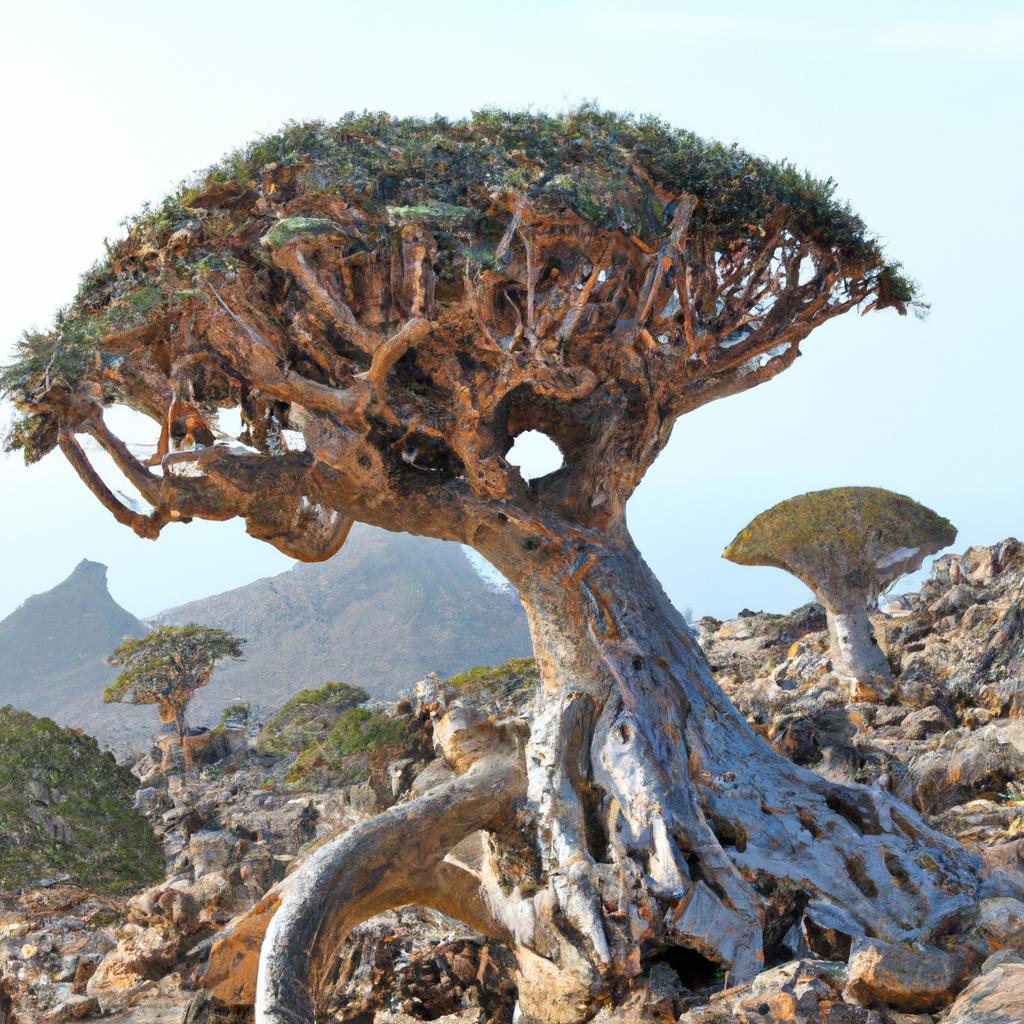
The Dragon Tree Socotra offers many fascinating features and captivating facts. Here are some notable ones:
Unique Characteristics of the Dragon Tree Socotra
- The Dragon Tree Socotra stands as one of the world’s rarest and most exceptional plants, existing in only a few isolated areas within the Socotra archipelago.
- The tree’s red sap, famously referred to as “dragon’s blood,” possesses remarkable value, being employed for traditional medicine, dyes, and varnishes for centuries.
- The Dragon Tree Socotra’s distinctive umbrella-shaped canopy enables its survival within the harsh desert climate of the region.
- Its leaves, sword-shaped and growing up to 60 cm long, claim the title of being the largest among all Dracaena species.
- The Dragon Tree Socotra boasts a lifespan of over 1,000 years, resonating with its presence since the era of dinosaurs.
Role of the Dragon Tree Socotra in the Local Culture
- The Dragon Tree Socotra has played a significant role within the local culture of the Socotra archipelago for centuries, symbolizing a sacred emblem of the region.
- The tree’s resin possesses reputed healing properties and finds application in traditional medicine for various conditions, including infections and digestive issues.
- Within local folklore, the Dragon Tree Socotra occupies a central theme, enveloped in stories and legends that revolve around its mystical and enchanting traits.
Unusual Uses of the Dragon Tree Socotra
- Beyond its conventional applications, the Dragon Tree Socotra finds peculiar and unexpected uses. For instance, its sap contributes to the production of cosmetics, and its wood occasionally becomes raw material for furniture and decorative items.
- Modern medicine has also tapped into the potential of the tree’s resin, utilizing it to treat diverse ailments, including cancer. Moreover, in an intriguing experiment, Dragon Tree Socotra seeds were sent into orbit aboard a Russian satellite in 2008, investigating the effects of microgravity on plant growth.
Overall, the Dragon Tree Socotra stands as an extraordinarily captivating and unique plant species, brimming with intriguing facts and wide-ranging applications. Its significance within the ecosystem and local culture underscores the necessity of its protection and conservation.
Conclusion
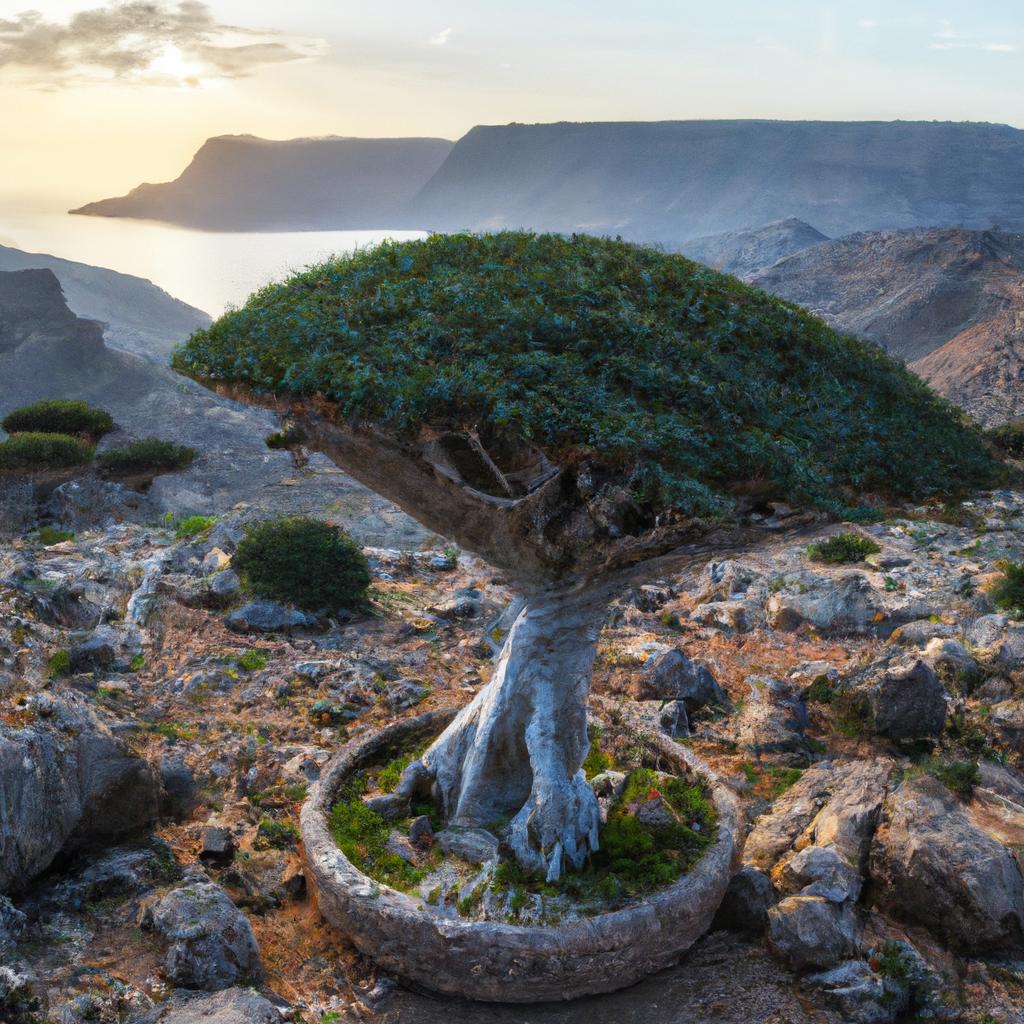
In conclusion, the Dragon Tree Socotra emerges as an extraordinary plant species, intertwining a rich history with unmatched characteristics. Its integral role within the ecosystem, traditional medicine, and commercial domains emphasizes the urgency of protecting and conserving this invaluable plant.
Conservation practices aimed at safeguarding the Dragon Tree Socotra range from the implementation of laws and regulations to reforestation projects and education programs that raise awareness of its significance. The active involvement of the local community assumes a pivotal role in preserving this precious plant species.
As our understanding of the Dragon Tree Socotra deepens, we unravel its hidden treasures and apprehend its irreplaceable role within the ecosystem. Let us join hands in protecting this invaluable plant species for the benefit of future generations.
Thank you for embarking on this captivating journey of discovery. For more information on nature, gardening, and animals, visit TooLacks to stay up-to-date on the latest news and trends.
